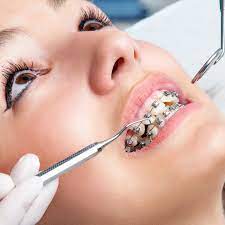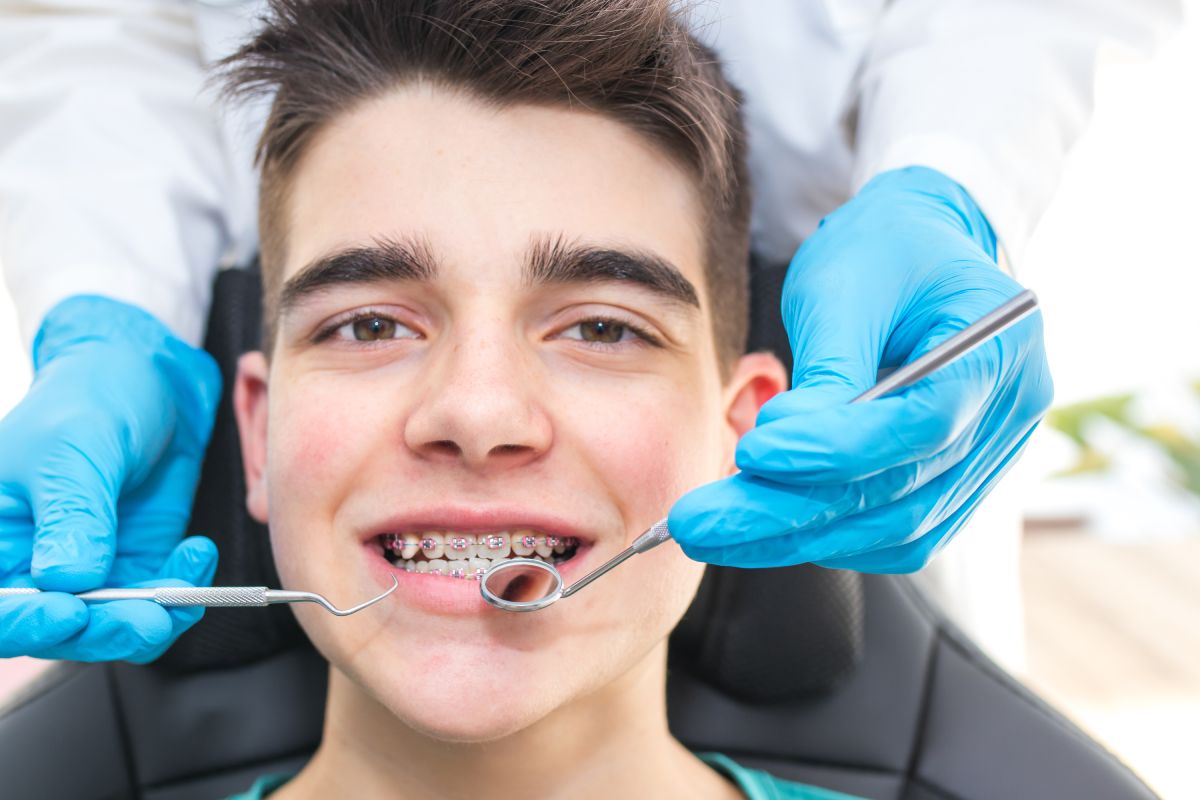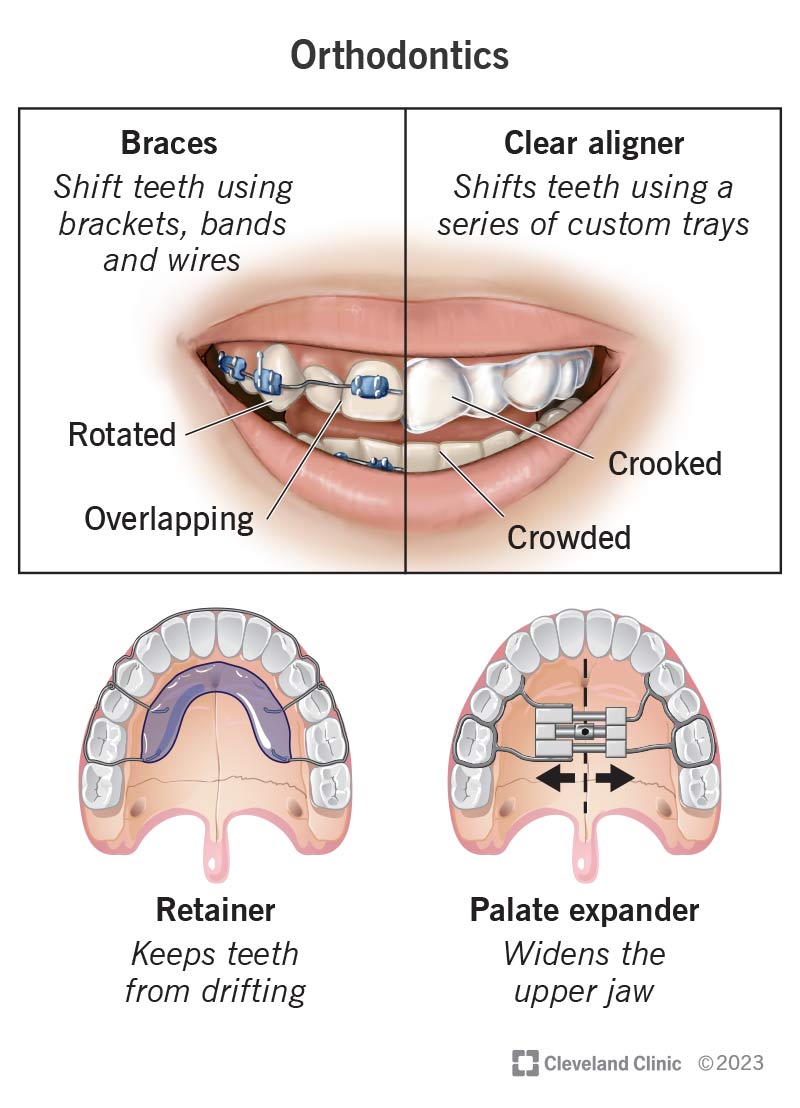Causey Orthodontics - The Facts
Causey Orthodontics - The Facts
Blog Article
Getting The Causey Orthodontics To Work
Table of ContentsLittle Known Questions About Causey Orthodontics.All about Causey OrthodonticsExcitement About Causey OrthodonticsThe Best Guide To Causey OrthodonticsEverything about Causey Orthodontics
Disregarding occlusal relationships, it was normal to remove teeth for a selection of dental issues, such as malalignment or congestion. The concept of an undamaged dentition was not extensively appreciated in those days, making bite correlations appear pointless. In the late 1800s, the concept of occlusion was essential for developing trusted prosthetic replacement teeth.As these principles of prosthetic occlusion advanced, it ended up being a very useful device for dentistry. It remained in 1890 that the work and impact of Dr. Edwards H. Angle started to be felt, with his contribution to modern orthodontics specifically noteworthy. Originally concentrated on prosthodontics, he educated in Pennsylvania and Minnesota prior to guiding his attention in the direction of dental occlusion and the treatments required to keep it as a typical problem, hence ending up being referred to as the "daddy of modern orthodontics".

The principle of excellent occlusion, as proposed by Angle and integrated right into a category system, made it possible for a shift towards treating malocclusion, which is any kind of inconsistency from regular occlusion. Having a complete collection of teeth on both arches was extremely searched for in orthodontic treatment due to the demand for precise connections in between them.
Little Known Facts About Causey Orthodontics.
As occlusion became the vital priority, face percentages and aesthetic appeals were ignored - Causey Orthodontics. To achieve ideal occlusals without making use of external forces, Angle postulated that having excellent occlusion was the most effective method to gain optimal face visual appeals. With the death of time, it came to be quite noticeable that even an outstanding occlusion was not suitable when considered from an aesthetic perspective
It became obvious that orthodontic treatment can adjust mandibular advancement, leading to the formation of practical jaw orthopedics in Europe and extraoral force actions in the US. These days, both functional home appliances and extraoral tools are used around the globe with the objective of changing growth patterns and kinds. Consequently, going after true, or at the very least boosted, jaw partnerships had actually come to be the major goal of treatment by the mid-20th century.
The Causey Orthodontics Diaries
 The American Journal of Orthodontics was developed for this objective in 1915; prior to it, there were no clinical goals to comply with, neither any exact classification system and braces that did not have functions. Until the mid-1970s, braces were made by covering metal around each tooth. With advancements in adhesives, it came to be possible to rather bond metal braces to the teeth.
The American Journal of Orthodontics was developed for this objective in 1915; prior to it, there were no clinical goals to comply with, neither any exact classification system and braces that did not have functions. Until the mid-1970s, braces were made by covering metal around each tooth. With advancements in adhesives, it came to be possible to rather bond metal braces to the teeth.This has had significant impacts on orthodontic treatments that are administered on a regular basis, and these are: 1. Right interarchal partnerships 2. Right crown angulation (idea) 3.
The benefit of the style hinges on its bracket and archwire combination, which needs only minimal cord bending from the orthodontist or clinician (best orthodontist near me). It's aptly called hereafter feature: the angle of the slot and density of the bracket base ultimately determine where each tooth is situated with little requirement for additional manipulation
The Best Guide To Causey Orthodontics
Both of these systems utilized identical braces for each and every tooth and required the bending of an archwire in 3 planes for finding teeth in their desired positions, with these bends determining best positionings. When it comes to orthodontic appliances, they are separated right into 2 types: detachable and fixed. Removable devices can be taken on and off by the patient as needed.

Therefore, almost all modern-day fixed appliances can be taken into consideration variations on this edgewise appliance system. Early 20th-century orthodontist Edward Angle made a significant contribution to the globe of dentistry. He developed four distinctive home appliance systems that have been made use of as the basis for numerous orthodontic therapies today, disallowing a couple of exceptions.
Things about Causey Orthodontics

The cord ended in a thread, and to relocate onward, a flexible nut was utilized, which allowed for a boost in area. By ligation, each specific tooth was affixed to this extensive archwire (family orthodontics). Because of its limited variety of motion, Angle was incapable to accomplish precise tooth placing with an E-arch
These tubes held a soldered pin, which might be repositioned at each consultation in order to move them in position. Called the "bone-growing appliance", this device was theorized to motivate healthier bone growth as a result of its capacity for moving force directly to the roots. Applying it proved bothersome in reality.
Report this page